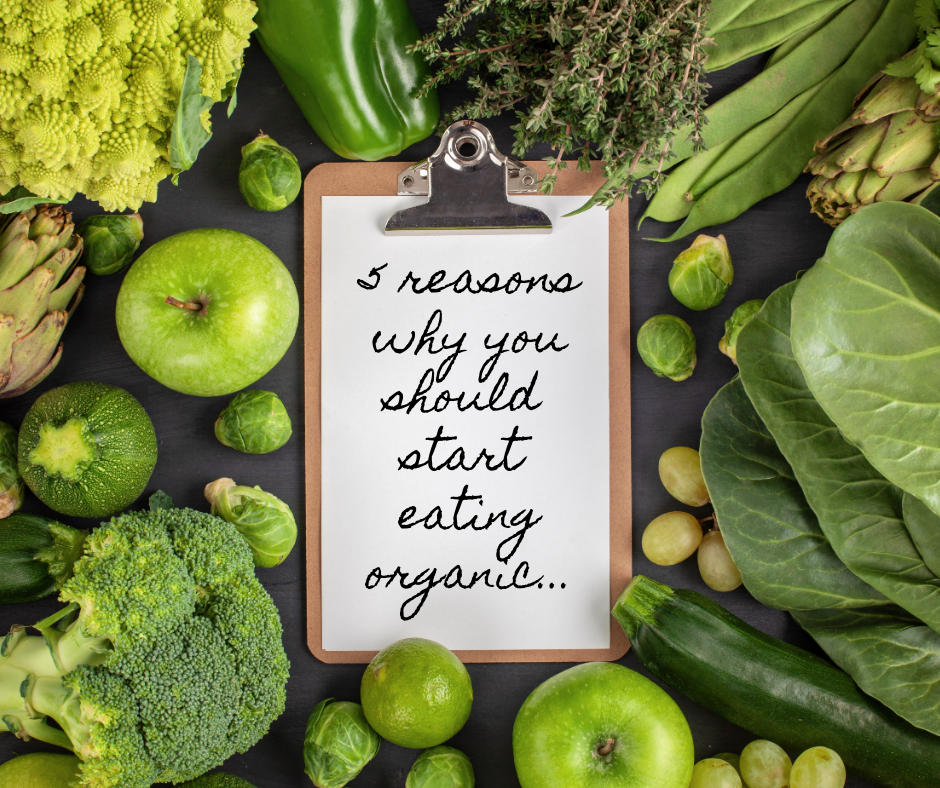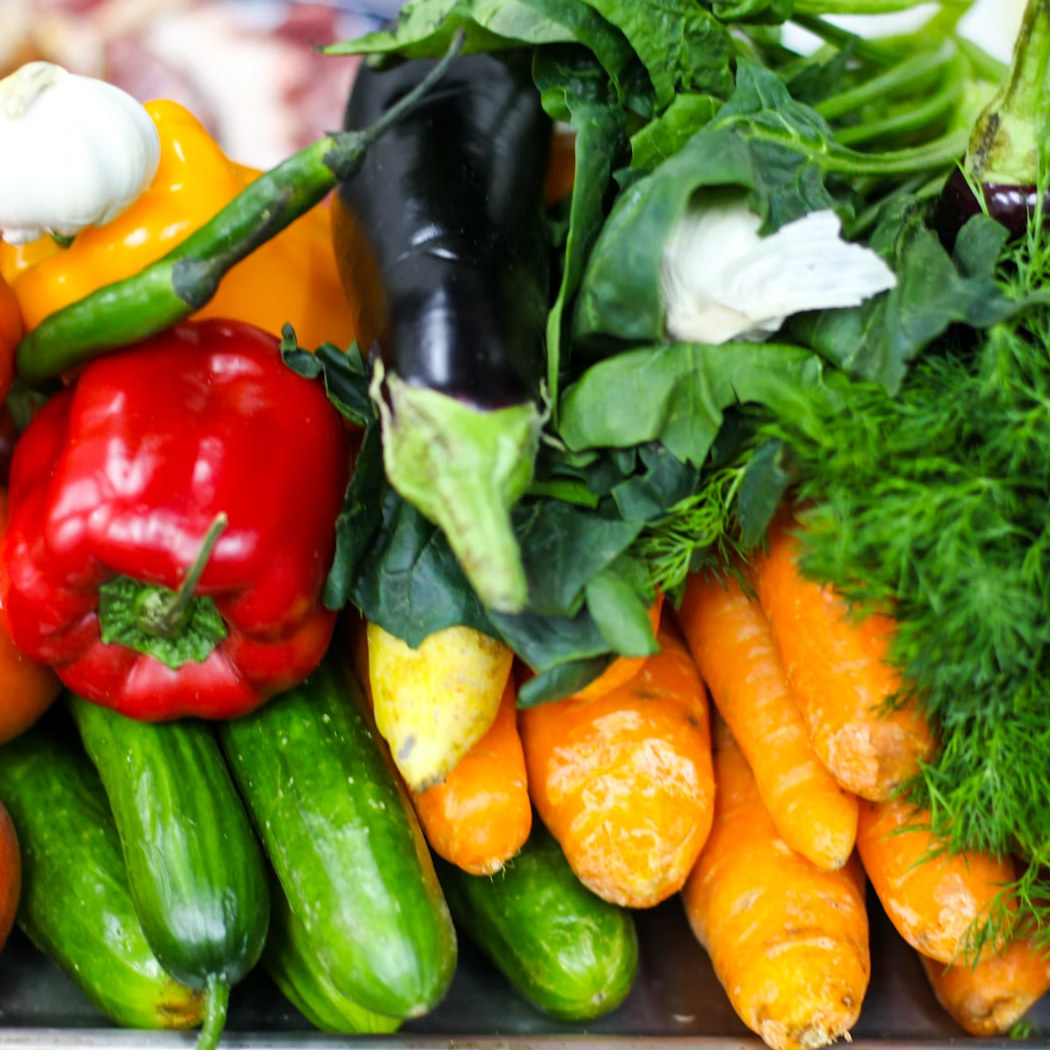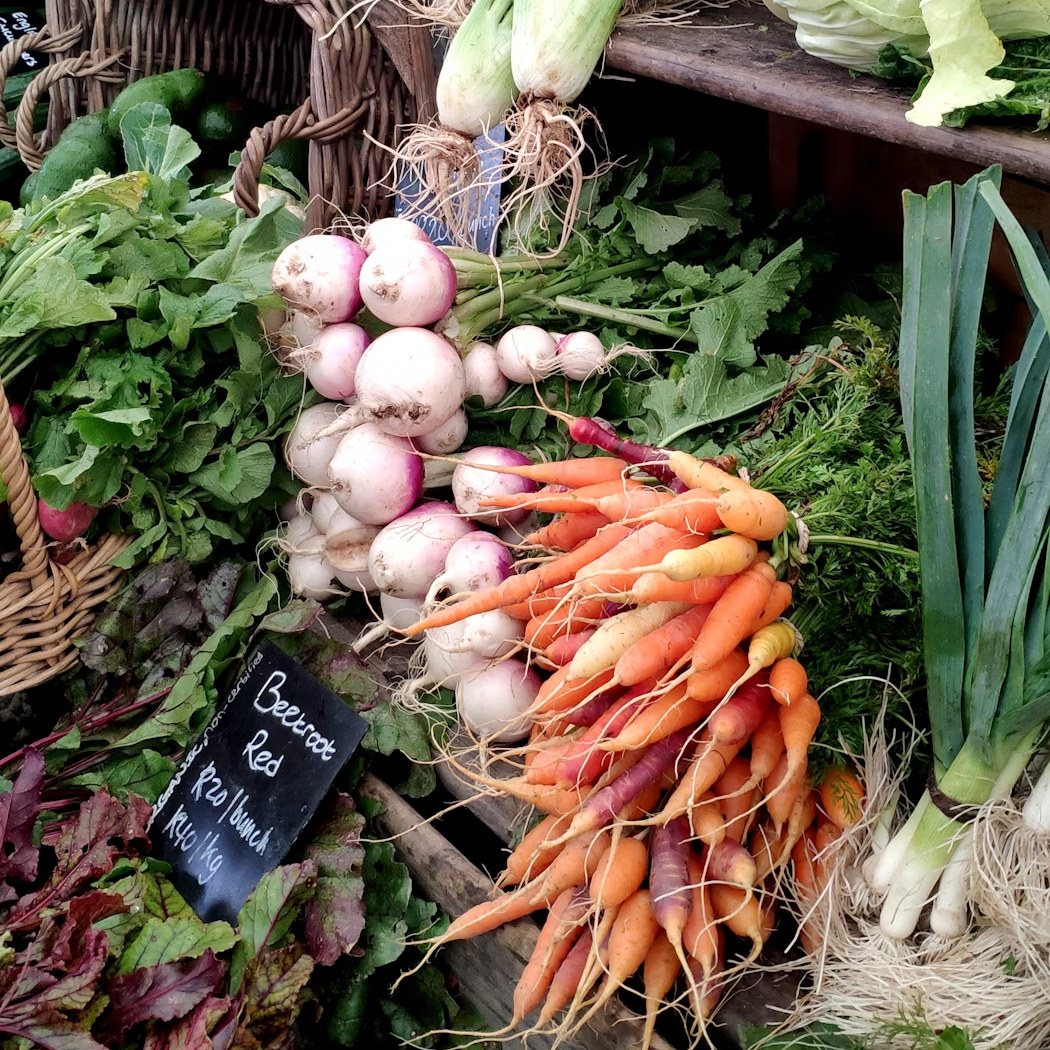Over the last two decades’ organic food has exploded in popularity. Australia owns 53% of the world’s organic farmland.1 This is an increase of 23% since 2015.1 People choose to eat organic for many reasons including reducing pesticide intake, health benefits as well as due to concerns over the environment and animal wellbeing.
What does organic really mean?
Organic food refers to the way that food is produced. Organic foods are produced without the use of synthetic fertilisers, growth regulators, artificial chemicals, hormones, antibiotics, pesticides or livestock feed additives. In Australia, organic food must meet strict criteria to be certified.
Organically grown crops use natural fertilisers such as manure to help improve plant growth. Unlike conventional farming, animals raised organically are not given any antibiotics or hormones.
Organic foods contain fewer pesticides
One of the key reasons why many people decide to move to organic is to avoid artificial chemicals and pesticides. Pesticides are any substance used to kill, repel or control certain forms of plant or animal life that are deemed “pests”.2
Conventionally produced plants contain a variety of pesticides including herbicides, insecticides, fungicides, disinfectants and compounds used to control rodents.2
Naturally, due to organic food not using pesticides, eating this way will naturally reduce exposure. Studies show that pesticide residue is four times more likely to be found in non-organic crops.3,4
In addition, one study found that levels of the toxic metal cadmium were 48% lower in organic produce.3 Some experts are concerned that cadmium can accumulate over time in the body, potentially causing harm.
More long-term studies are needed to determine the full health effects that pesticide residues can have on our health.





